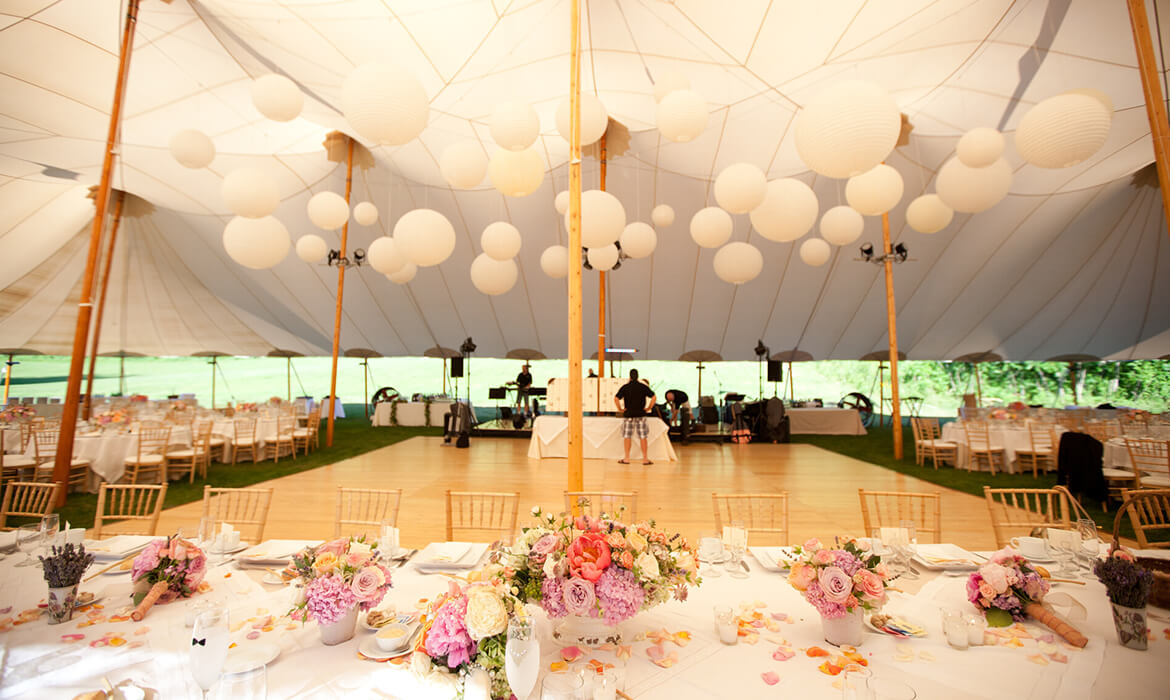Choosing the appropriate components for constructing a long-lasting and secure external performance surface is essential for guaranteeing an pleasurable session. Exterior movement platforms must endure diverse climate elements while offering a stable surface for performers and participants. Thus, it is important to consider factors such as material resilience, safety attributes, and maintenance demands when making selections. This guide will examine several appropriate materials and their advantages in creating an outdoor dance floor.
One popular option for exterior dance floors is wood. Wood provides a traditional and warm appearance that many consider attractive. Solid woods like beech or ash are particularly preferred due to their strength and ability to cushion impact, which can protect dancers’ joints. Additionally, wood has natural anti-slip qualities when treated correctly, minimizing the risk of accidents. However, maintaining a wooden dance floor demands routine coating and resurfacing to shield it from moisture and UV exposure, rendering it critical to consider the climate in which the floor will be installed.

Another viable alternative is composite materials, which combine wood fibers with plastic. These composites are designed to be impervious to humidity, mildew, and discoloration from UV exposure. Synthetic dance floors offer durability similar to traditional wood without the extensive maintenance. They are more resistant to distortion and splitting than natural wood floors when subjected to harsh environmental conditions. Furthermore, composite materials often have built-in slip resistance properties, making them a more secure selection for open-air occasions.
For those looking for a more contemporary solution, interlocking tiles made of PVC or rubber are excellent alternatives. These tiles are designed for hassle-free setup and can be reconfigured or replaced as required. The versatility of using interlocking tiles permits rapid assembly and disassembly, making them suitable for short-term dance venues or gatherings. wooden dance floor rentals Moreover, these flooring types provide shock absorption that enhances comfort while dancing and minimizes the risk of injuries caused by falls. The non-porous nature of PVC and rubber also helps prevent water absorption, further prolonging the life of the flooring.
Finally, it is vital to consider the location and intended use of the outdoor dance floor when selecting materials. For instance, if the dance floor will be situated in a high-traffic area or exposed to inclement weather regularly, opting for durable surfaces that require low upkeep will be important. On the other hand, for lighter use or in more protected areas, less heavy options may suffice. In any case, emphasizing safety aspects go now such as grip and impact resistance should stay at the center of design.
To summarize, building a durable and safe outdoor dance floor involves careful consideration of various solutions appropriate for different settings and applications. Timber provides timeless beauty but requires diligent maintenance; composite materials balance appearance with durability; modular flooring offer versatility and ease of use. Ultimately, understanding the specific requirements of the dance floor's planned use will inform material selection toward choosing the most appropriate material for an enjoyable and safe dancing experience in outdoor spaces.